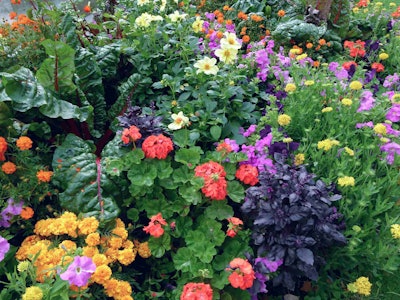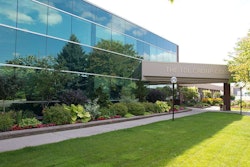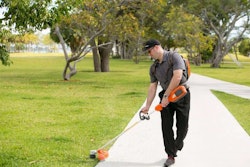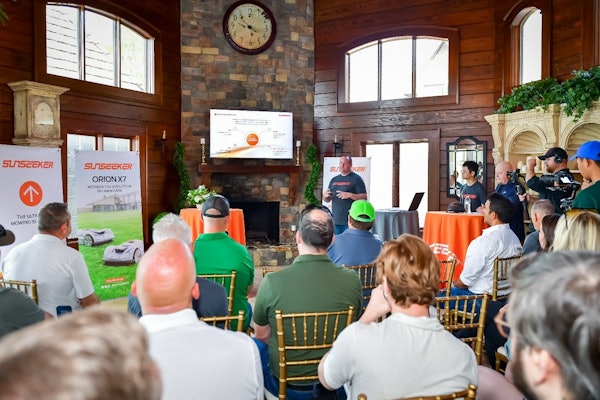 Photo: Swallowtail Garden Seeds/Flickr
Photo: Swallowtail Garden Seeds/FlickrWhile edible landscaping and vegetable gardens have been enjoying a resurgence of popularity, most homeowners tend to be under the impression that their edibles must be segregated to one portion of the yard.
However, this is not required, despite the belief that edibles are “ugly” and must be hidden away from neighbors’ sight.
“Edibles are beautiful,” Lloyd Traven, owner of Peace Tree Farm based in Kintnersville, Pennsylvania, told PennLive.com. “By growing only ‘pretty’ flowers in the front yard, we’re wasting space and wasting resources.”
Traven argues that plants like purple basil, golden oregano, frilly kale and red lettuce are appealing on their own and can be easily incorporated along with the ornamentals. The fact that you can eat them later is just a bonus.
“You could weave these into your landscaping and nobody would notice,” he told PennLive.com. “It’s decorating with food.”
Another benefit of adding edibles to the landscape is the fact that most are annuals so after they have been planted in the spring and harvested in the fall, your client has the option of switching up what is growing there, providing some variety to their yard.
When looking for where to add edibles to your client’s outdoor space, look for the bare spots can serve as an open invitation for weeds to crop up. Border beds are a good location to install edibles and they can also serve as good hedge plants.
Traven notes that blueberries offer far more that sweet June berries, growing 4 to 5 feet tall and having white spring flowers and fiery fall foliage.
North Carolina horticulturist Brie Arthur even uses her edibles as ornamental grass substitutes. She likes to grow wheat, instead of feather reed grass, and also uses asparagus for that wispy foliage like ornamental grasses.
Some of the challenges that come with incorporating edibles into your customer’s traditional landscaping include: animal grazing, irrigation and HOA approval.
While critters like rabbits and deer can eat about anything if they’re hungry enough, they will obviously go for tasty vegetables first. Instead of concentrating their buffet in one area, scattering the edibles throughout the landscape can help ensure the survival of some, or at least make it more of a challenge for hungry visitors to find.
One reason why people do tend to grow their edibles all in one area is so they can take care to nurture the plants. With this in mind, your clients may need to step up their irrigation to ensure the edibles still thrive in the landscape as most need regular moisture.
The final challenge is the strict homeowners association rules that can ban vegetables or the growth of edibles in general. Yet some only need to present a written design plan in order to earn the permission they need.
If your client is looking for plants with colorful foliage, Swiss chard, okra, lemon thyme and pineapple sage are all options while those with interesting textures include bok choy, fennel, globe artichokes and rhubarb. Purple cauliflower, strawberries, tomatoes, peppers and eggplants can all add colorful fruits to the garden as well.









